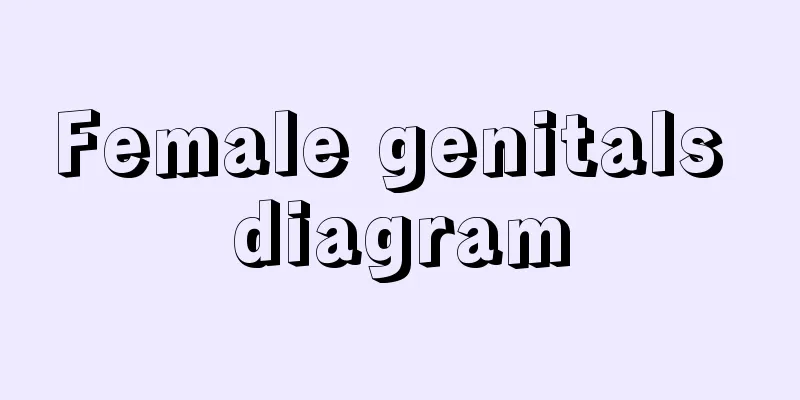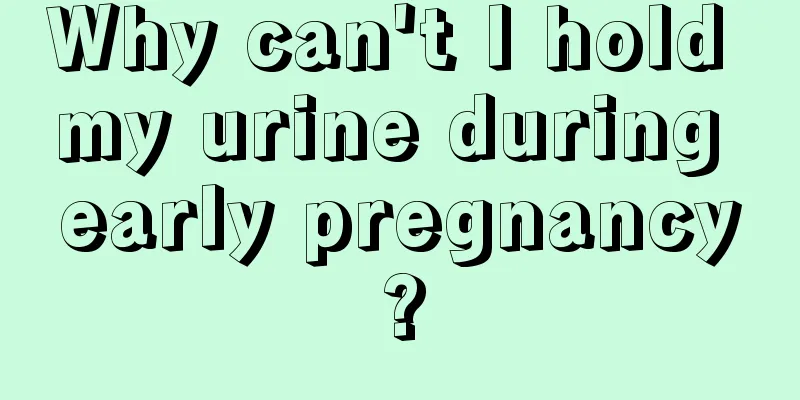Non-lactation acute mastitis

|
Non-lactation acute mastitis usually occurs in young female friends. The cause of this disease is usually related to the inner line of unilateral or bilateral nipples. The occurrence of non-lactation acute mastitis actually has a great impact on breast health, so patients still need to pay more attention to breast discomfort and promptly detect and treat it early. Non-lactational mastitis is more common in young women or teenage girls. The cause of the disease is mostly unilateral or bilateral nipple inversion. For people with inverted nipples, secretions often overflow from the depression. Since the secretions cannot be removed in time, this place becomes the best breeding ground for bacteria. Some pathogenic bacteria can spread inward along the opening of the milk duct, causing inflammation. In mild cases, a small round or oval abscess can be felt under the areola, which is very painful to touch. The skin surface is red and swollen, and there is a local burning sensation. In severe cases, it can spread into the breast and form a larger abscess. The local redness, swelling, heat and pain are very obvious, and pus can be obtained during puncture. In specialist clinics, women aged 16 to 20 often come for treatment due to acute mastitis. The acute mastitis in these girls was not caused by breastfeeding. The clinical manifestations of mastitis were very typical, and even breast abscesses were formed. There are two reasons for the disease: first, most of these girls suffer from inverted nipples (complete inverted nipples); second, they have sebaceous cysts around the areola. Both diseases can be caused by local uncleanness of the nipple, which causes bacteria to grow and lead to infection of the nipple and areola, causing acute mastitis. This type of mastitis generally develops slowly, but girls of this age are relatively shy and unwilling to talk to their mothers about their illness. As a result, they put it off again and again, and by the time they see a doctor, an abscess has often formed. Not only is there obvious local redness, swelling, heat, and pain, but systemic symptoms may also occur. For non-lactation mastitis or abscess formation, the treatment principle is the use of systemic antibiotics, local incision, pus drainage, dressing change and drainage, and the treatment effect is relatively satisfactory. To prevent non-lactation mastitis, women with inverted nipples should undergo nipple plastic surgery as soon as possible after adulthood to make the inverted nipples protrude outside the areola, which is beneficial for future breastfeeding and also helps avoid the occurrence of mastitis. |
<<: What to do if you have mastitis during pregnancy
>>: What causes spitting during pregnancy?
Recommend
This type of tableware is "toxic" and can damage the kidneys, and in severe cases can lead to kidney failure. Don't use it anymore!
In our daily lives, some tableware may hide huge ...
What should you eat if you have high blood pressure? Save these 4 suggestions
Hypertension has become one of the most common ch...
Can uterine fibroids be detected by B-ultrasound?
Can uterine fibroids be detected by B-ultrasound?...
Five months pregnant belly bloating
When a woman is 5 months pregnant, her body has u...
Alcohol allergy pictures
Some girls are allergic to alcohol, but ethanol i...
Is it not advisable to eat red dates during menstruation?
A woman's monthly menstruation will cause gre...
What causes the uterus to tilt to the left?
Every woman who has not had surgery before has a ...
Toothache during confinement
During the confinement period after giving birth,...
Signs of pregnancy
Every family attaches great importance to whether...
How long can a pregnant woman live after applying glass glue?
I believe everyone is familiar with the thing cal...
What medicine is effective for vulvar itching
Vulvar itching is a common symptom among gynecolo...
Why do women have body odor?
Women often have body odor due to underarm odor. ...
Picture of baby in pregnancy
Pregnancy is a matter of great concern to every e...









